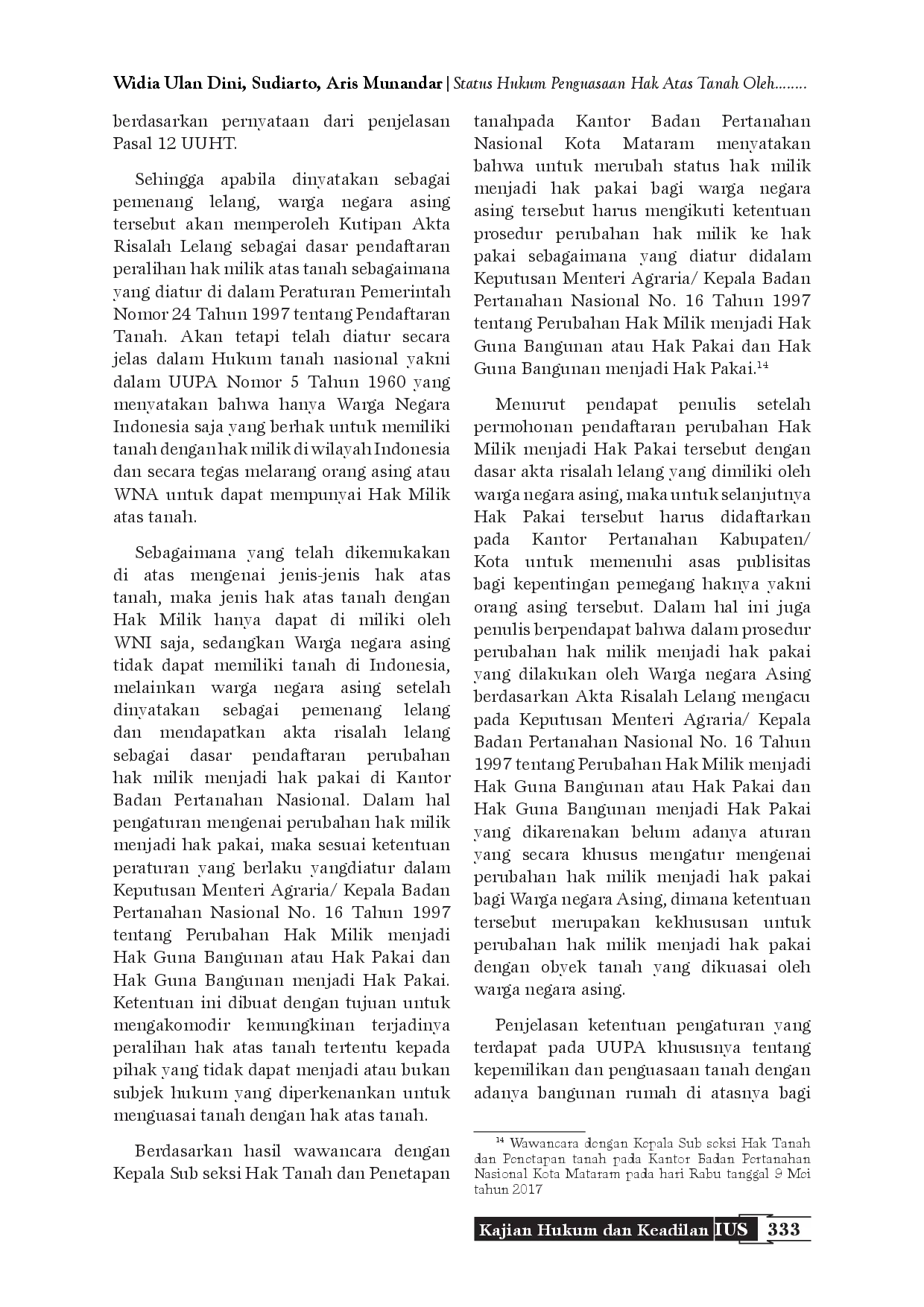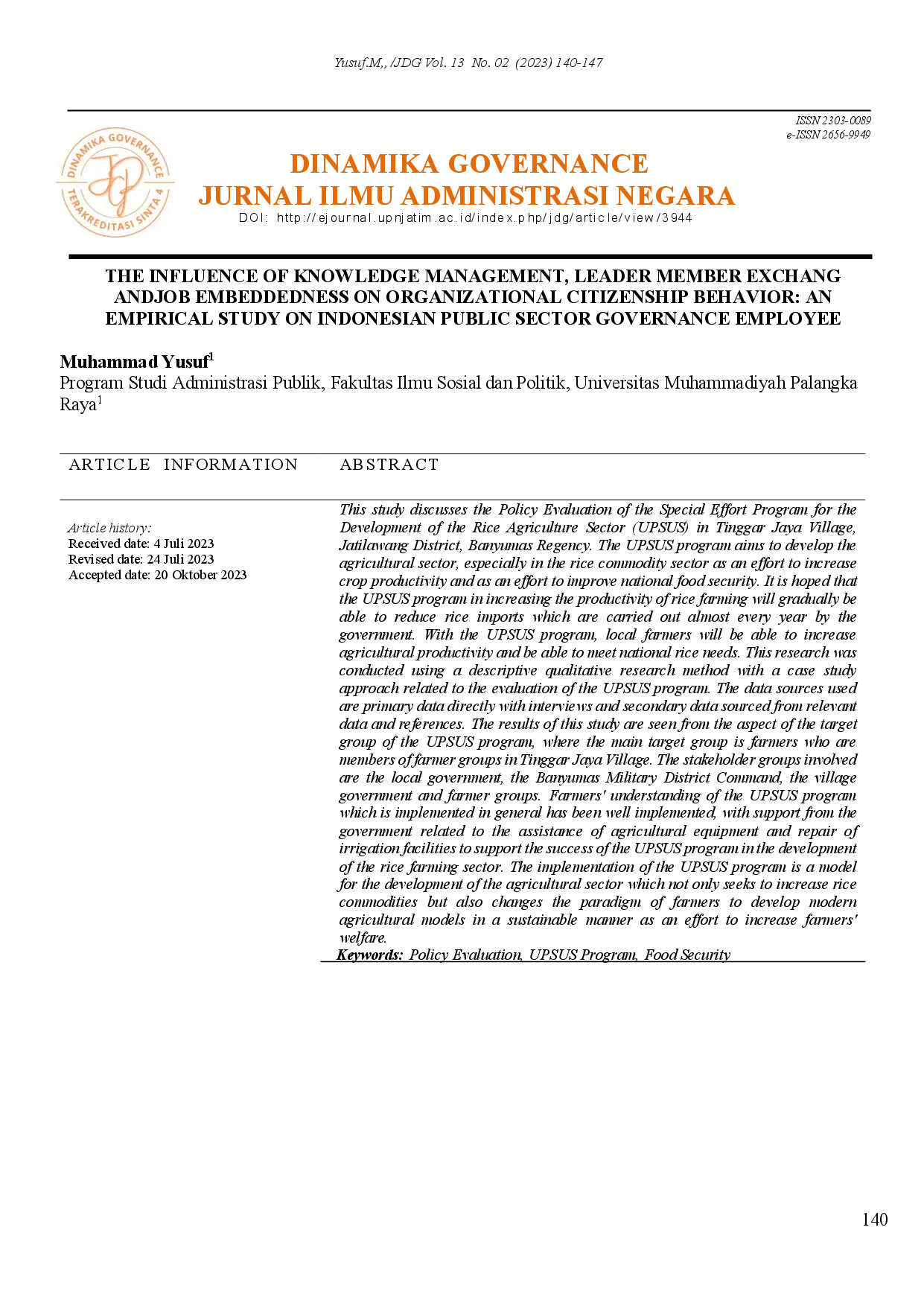IRPIIRPI
MALCOM: Indonesian Journal of Machine Learning and Computer ScienceMALCOM: Indonesian Journal of Machine Learning and Computer ScienceThis study presents a mobile-based road damage detection system using Teachable Machine and TensorFlow Lite to support real-time monitoring and efficient infrastructure maintenance. The system identifies road damage types such as cracks, potholes, and uneven surfaces. The RDD2020 dataset is used for model training, with preprocessing steps including augmentation, normalization, and resizing. A Convolutional Neural Network (CNN) model is trained through Teachable Machine for ease of customization. TensorFlow Lite is employed for on-device inference, with optimization techniques like quantization and pruning applied to improve speed and reduce model size. The system is evaluated using precision, recall, F1-score, and accuracy metrics under varying lighting and weather conditions. The final model is deployed in a mobile app using TensorFlow Lite Interpreter for efficient performance. Experimental results show high detection accuracy, with a precision of X% and F1-score of Y% (insert actual values). This approach offers a lightweight, cost-effective solution for road maintenance authorities and urban planners. Future enhancements include dataset expansion, integration with mapping tools, and improved robustness in diverse environments. Overall, the proposed system enables real-time, accurate road damage detection and supports smarter, eco-friendly infrastructure management.
The study successfully developed a real-time road damage detection system utilizing Teachable Machine and TensorFlow Lite, effectively classifying road surfaces into potholes, cracks, and normal conditions with high accuracy.The lightweight TensorFlow Lite model ensures efficient mobile deployment, enabling real-time monitoring without requiring extensive computational resources.These findings demonstrate the systems potential to assist road maintenance authorities and urban planners in identifying and addressing road damage efficiently.
Future research should explore the integration of this mobile-based damage detection system with Geographic Information Systems (GIS) to create a dynamic map of road conditions, enabling prioritized maintenance scheduling and resource allocation. Furthermore, investigating the use of more advanced deep learning architectures, such as transformers, could potentially improve the accuracy of damage classification, particularly for subtle or complex damage patterns. Finally, a study focusing on the long-term performance and robustness of the system under diverse environmental conditions and varying device capabilities is crucial to ensure its reliable deployment and widespread adoption, contributing to safer and more sustainable road infrastructure management.
| File size | 733.79 KB |
| Pages | 9 |
| DMCA | ReportReport |
Related /
EJOURNALUNIGOROEJOURNALUNIGORO FMEA digunakan untuk mengidentifikasi dan mengurutkan potensi penyebab kegagalan serta dampak yang mungkin terjadi pada proyek Pembangunan jalan rigid.FMEA digunakan untuk mengidentifikasi dan mengurutkan potensi penyebab kegagalan serta dampak yang mungkin terjadi pada proyek Pembangunan jalan rigid.
IRPIIRPI Dokumen yang digunakan berupa satu file digital utuh yang representatif. Proses sistem meliputi ekstraksi teks, pembagian teks (chunking), pembentukanDokumen yang digunakan berupa satu file digital utuh yang representatif. Proses sistem meliputi ekstraksi teks, pembagian teks (chunking), pembentukan
IRPIIRPI Temuan tersebut menegaskan bahwa pendekatan yang diusulkan dapat memprediksi lapser secara lebih dini, serta membantu penyusun kebijakan menyusun strategiTemuan tersebut menegaskan bahwa pendekatan yang diusulkan dapat memprediksi lapser secara lebih dini, serta membantu penyusun kebijakan menyusun strategi
EJOURNALUNIGOROEJOURNALUNIGORO Terminal merupakan tempat untuk menurunkan dan menaikkan penumpang, dan sebagai sarana transportasi paling umum di gunakan untuk berpergian dari satu tempatTerminal merupakan tempat untuk menurunkan dan menaikkan penumpang, dan sebagai sarana transportasi paling umum di gunakan untuk berpergian dari satu tempat
Useful /
IUSIUS Tujuan dari penelitian ini adalah untuk mengkaji dan menganalisis tentang Kedudukan akta risalah lelang sebagai bukti peralihan hak milik atas tanah bagiTujuan dari penelitian ini adalah untuk mengkaji dan menganalisis tentang Kedudukan akta risalah lelang sebagai bukti peralihan hak milik atas tanah bagi
EJOURNALUNIGOROEJOURNALUNIGORO Dengan volume drainase sebesar 294,40 m³, debit hujan 1,2032×10⁻¹ m³/detik dapat ditampung dengan baik. Analisis menunjukkan beban hujan padaDengan volume drainase sebesar 294,40 m³, debit hujan 1,2032×10⁻¹ m³/detik dapat ditampung dengan baik. Analisis menunjukkan beban hujan pada
UPN VeteranUPN Veteran Dengan program UPSUS, petani lokal dapat meningkatkan produktivitas pertanian dan memenuhi kebutuhan beras nasional. Penelitian ini menggunakan metodeDengan program UPSUS, petani lokal dapat meningkatkan produktivitas pertanian dan memenuhi kebutuhan beras nasional. Penelitian ini menggunakan metode
UPN VeteranUPN Veteran Kepemimpinan menjadi faktor kunci dalam pengembangan desa wisata berkelanjutan, dengan mayoritas kepala desa menerapkan gaya transformatif dan beberapaKepemimpinan menjadi faktor kunci dalam pengembangan desa wisata berkelanjutan, dengan mayoritas kepala desa menerapkan gaya transformatif dan beberapa







